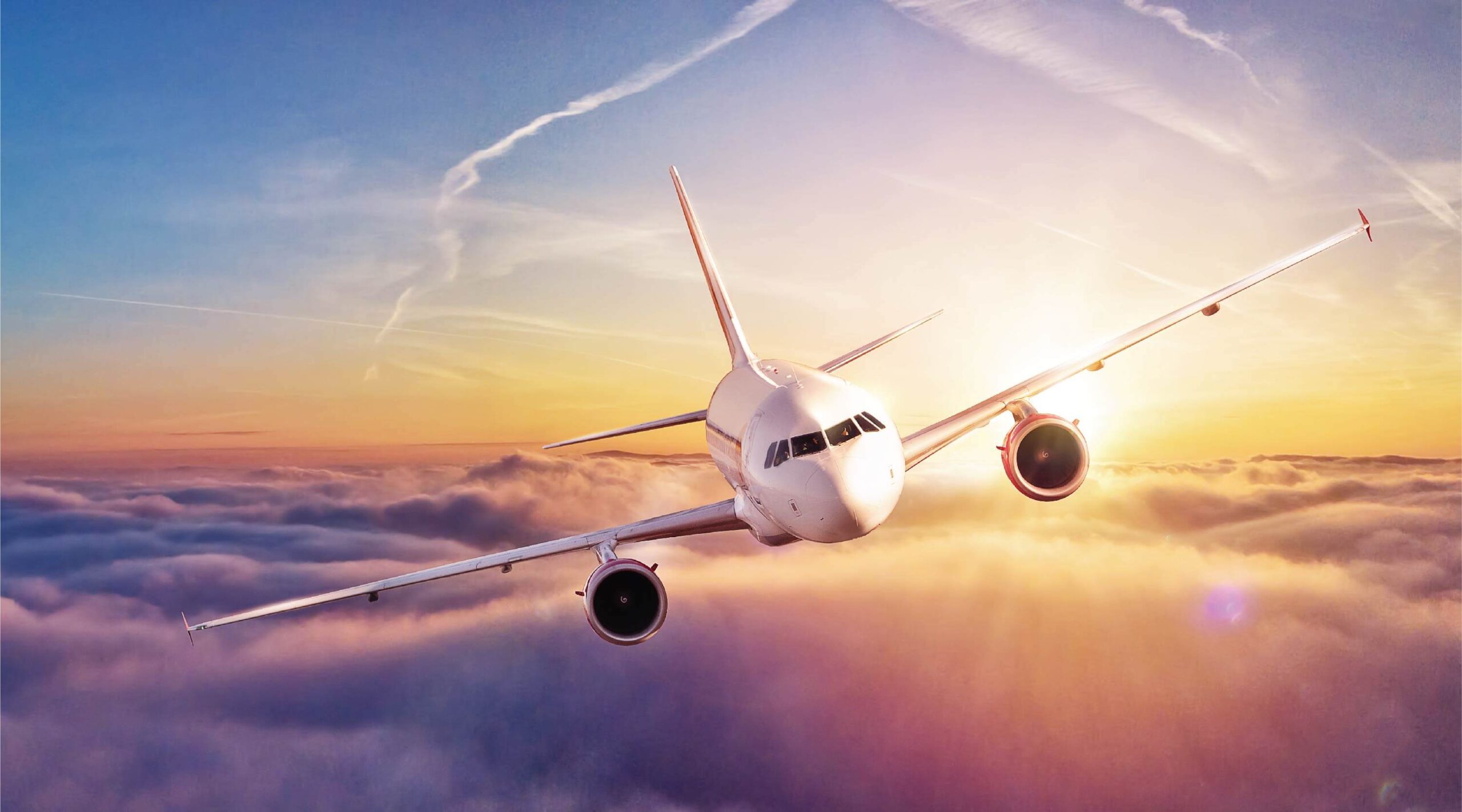The Federal Aviation Administration (FAA) in the United States has issued additional cautions that the upcoming 5G wireless service might still cause flight disruptions. For weeks, telecom companies and airlines in the United States have been wrangling over the impact of 5G wireless services on aircraft.
What is the Problem?
In early 2021, the US auctioned mid-range 5G spectrum in the 3.7-3.98 GHz region on the spectrum known as C-Band to mobile phone operators for roughly $80 billion. In recent months, US aviation industry groups have raised their worries, and the Federal Aviation Administration (FAA) issued a formal warning of the possibility of interference with flying equipment in November.
Radar altimeters, which measure height in the aircraft industry, operate in the 4.2-4.4 GHz band, and there are concerns that the buffer between these frequencies and those utilised by telecoms firms is insufficient. The White House, airlines, and aviation unions have pressed the businesses to postpone the rollout because to worries that 5G could interfere with delicate aeroplane systems such as radio altimeters.
Why is that Potentially Important for Aviation?
By providing a precise reading of the distance to the ground, radio altimeters help to reduce the danger of mishaps or crashes. The readouts are also utilised to help with automated landings and to detect severe wind shear currents.
What Difference Does the Frequency Make?
In other words, the faster the service, the higher the frequency in the spectrum. Operators will need to operate at higher frequencies in order to get the most out of 5G. Some of the C-Band spectrum auctioned in the US was previously used for satellite radio, but the switch to 5G will result in significantly higher traffic.
Is this a Problem Elsewhere?
The European Union finalised regulations for mid-range 5G frequencies in the 3.4-3.8 GHz region in 2019 after years of international debate. So far, they’ve been auctioned and put to use in several of the bloc’s 27 member states with no problems. The European Union Aviation Safety Agency (EASA), which monitors 31 countries, indicated on December 17 that the most recent debate was focused on US airspace.
For the next six months, AT&T and Verizon have agreed to implement exclusion zones around numerous U.S. airports, similar to those used in France. The band used by France (3.6-3.8 GHz) is further away from the frequency used for radio altimeters (4.2-4.4 GHz) than in the United States, according to FAA authorities, and France’s 5G power level is also significantly lower than what is approved in the United States.
There are currently 5G mobile communication wireless stations in operation near airports, but no concerns have been reported. The C-Frequency is now used for 5G by wireless carriers in approximately 40 countries across Europe and Asia, with no documented effects on radio altimeters that operate in the same internationally defined 4.2-4.4 GHz band.
Every day, U.S. planes carrying tens of thousands of Americans land in these countries without incident or alarm from the FAA or foreign aviation officials. However, airlines have cautioned that if no agreement is reached, safety procedures might cause up to 4% of daily flights to be cancelled. Thousands of aircraft a day could be diverted or cancelled as a result of the problem, disturbing millions of passenger reservations and generating significant delays.

